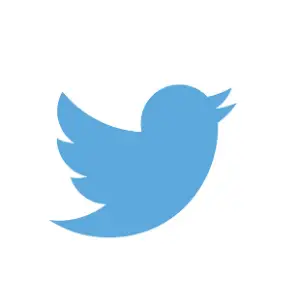Twitter rose from the ashes of a failed startup called Odeo to go on to become the #1 platform for discovery and become widely recognized as the SMS of the Internet with 300 million monthly active users as of 2019.
However, Twitter has had quite a controversial start with the real history of Twitter having a fourth co-founder who was fired and not given the credit he deserves, as per the story revealed by Business Insider.
Let’s probe into Twitter’s true founding history first and then examine how it makes money.
Twitter’s Founding Story
Before Twitter was born, Evan Williams, one of its founders was flush with money after Google acquired his previous startup called Blogger. He invested in the startup Odeo founded by Noah Glass and was highly involved in its development, so much that Odeo eventually moved from Noah’s apartment to Evan’s.
Then Odeo moved into an office, and they began hiring more employees, which included web designer Jack Dorsey and Evan’s friend from Google, Biz Stone.
By 2005, Odeo had a platform for podcasting, but then Apple announced that iTunes would include a podcasting platform, and hence, Odeo’s product became irrelevant.
So Evan told his employees to come up with ideas that would lead Odeo towards a new direction and a better future.
That’s when Jack Dorsey, who is currently the CEO of Twitter, proposed an idea to Noah that was based on a concept called ‘status’, a platform where people could broadcast a text message on what they were doing at a particular time to the public.
Noah became enamoured by the idea and even came up with a name for it – Twttr, which he eventually renamed to Twitter. The idea was presented to the rest of the company in February 2006, and although Williams was sceptical of its potential, it was still the strongest idea, so resources were allocated to it.
Noah was put in charge of the project, and now and then, Biz Stone assisted the Twitter team. The first message on Twitter was eventually sent out by Jack Dorsey in March 2006 that read, “just setting up my twttr.”
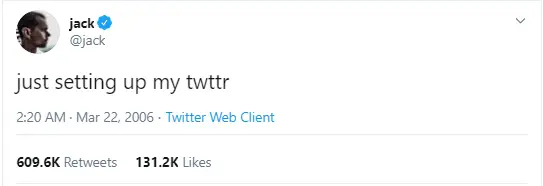
In summer, the idea of Twitter was presented to Odeo’s directors, and in September 2006, Williams, the CEO of Odeo wrote a letter to them explaining that he didn’t know what the future of Odeo would hold, and proposed to buy their shares back so that they could avoid a loss.
After buying Odeo back from the investors, the first thing that Williams did is change its name to Obvious Corp and followed it with firing Noah Glass, which surprised everyone that was involved in the making of Twitter. The most common reason known to people that led William to fire Glass is their clashing personalities. While Glass was loud, Williams was quiet.
Today, if you take a look at Glass’ profile on Twitter, it says ‘I started this.’
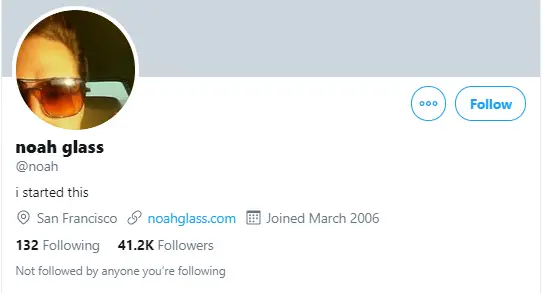
Glass never returned, but Twitter went on to grow in popularity and held its first funding round in June 2007, raising $5 million at a $20 million valuation.
As of 2020, Twitter has raised a total of $1.5 billion in funding over 13 rounds and the latest funding round was held in February 2015.
Twitter’s Business Model
Similar to other social networks, Twitter makes most of its money from advertising but a small portion of its revenue also comes from data licensing and other sources.
1. Twitter Advertising
A great majority of Twitter’s revenue is generated via advertisements, and users can see different kinds of ads on the platform – Promoted Tweets, Promoted Accounts, and Promoted Trends.
Promoted Tweets
Promoted Tweets are just like regular Tweets that users can engage with and are purchased by advertisers who want to reach a wider audience or boost engagement from their existing followers.

Promoted Accounts
Promoted Accounts are the result of creating a followers campaign — a method used to promote one’s account to relevant users to gain followers.
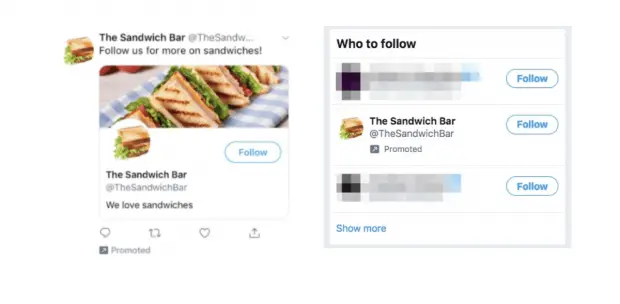
Promoted Trends
Twitter defines Promoted Trends as a 24-hour high-impact takeover of the Trends list on Twitter. Promoted Trends can be used to launch something new or to connect to current situations, and are seen in the first or second slots of the “Trends for you” section, as well as in a user’s timeline, and the “Explore” tab.
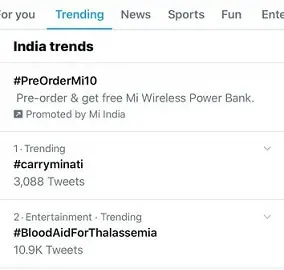
2. Data Licensing & Other sources
Data Licensing
Twitter’s data licensing service enables the partners to access, search, and analyze real-time Twitter data consisting of Public Tweets. Limited to select companies, Twitter shares around 500 million tweets with data partners every day.
MoPub Exchange
Twitter’s MoPub Exchange is a mobile advertising exchange where Twitter matches sellers looking to sell ad placements with buyers looking to buy ad inventory. Twitter receives service fees from transactions that take place through the exchange.
Twitter Revenue
In 2019, Twitter’s annual revenue amounted to 3.46 billion dollars. In the first quarter of 2020, Twitter’s revenue came to more than 807.6 million U.S. dollars. Out of this, 682.19 million was generated from advertising, and 125.45 million was generated through data licensing and other sources.
Here’s a breakdown of Twitter’s revenue from 2013 Q1 to 2020 Q1
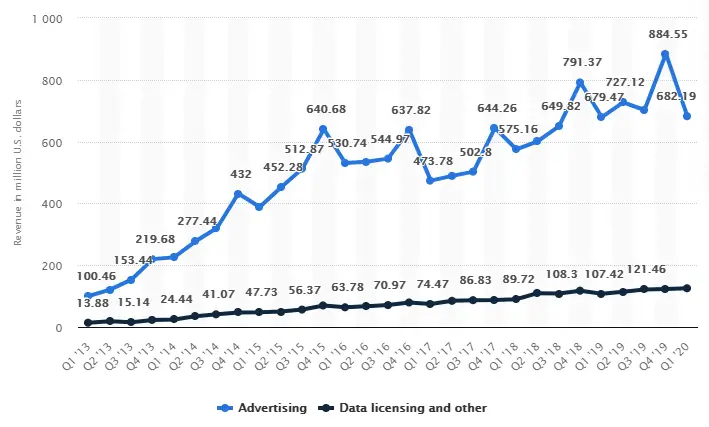
While Twitter has become one of the most recognizable social media platforms, it has struggled to make profits. The company recorded its first profitable year in 2018, making a profit of $1.2 billion in the year.
Twitter’s Acquisitions & Partnerships
Twitter has acquired a total of 57 organizations, with the largest acquisition being a $479 million deal to purchase TellApart in 2015, and the latest acquisition being CrossInstall, which was acquired in May 2020.
Some of these acquisitions have played a major role in Twitter’s development, such as the acquisition of TapCommerce which was acquired in June 2014 with a $100 million deal to assist Twitter in regards to mobile marketing.
Before that, in 2013, Twitter purchased MoPub Advertising Solutions for $350 million, through which Twitter was able to utilize its technology to develop and provide mobile advertising exchange services.
In January 2015, Twitter acquired Periscope, a live-video streaming start-up, which allowed users to watch live as well as previously broadcasted mobile video streams, allowing it to operate independently.
Later, in 2016, Magic Pony Technology was acquired to improve its machine-learning potential.
Some other major companies acquired by Twitter include TweetDeck in 2011 for $40 million and Gnip in 2014 for $134.1 million.
Explore More Business Model Case Studies
- How the Eco-Friendly Rival To Google – Ecosia Makes Money
- How Kickstarter Started & How It Makes Money
